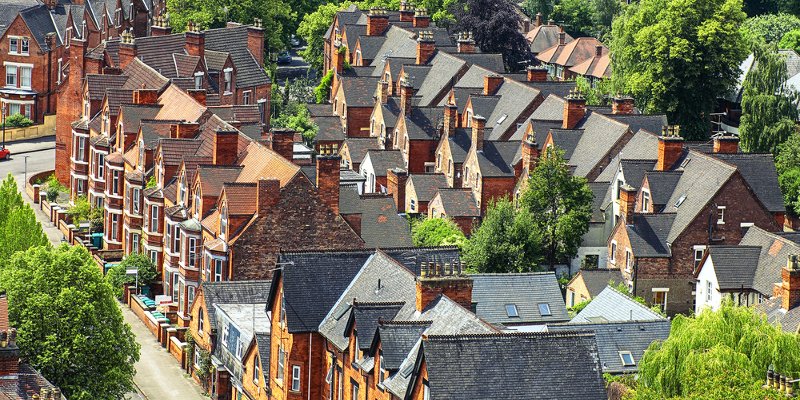Some 53% of new homes were created on previously developed land, 3% fewer year-on-year

Housing minister MP Kit Malthouse, added: “These figures show just one per cent of England is used for housing, and the proportion delivered on the Green Belt land halved over the last year.
“Our planning rulebook places strong protections on our cherished Green Belt, so councils have to show unprecedented circumstances before it can be built on.
“We are pushing hard to deliver 300,000 new homes a year by the mid-2020s, but this won’t be at the expense of our beautiful natural heritage.”
Andy Sommerville, director of Search Acumen, said it was a good year for housebuilding and developers will have to become smarter, something which technology can help with.
He said: “Not only was it a strong year of house building in 2017/18 with more than 160,000 homes completed in England, but as today’s Land Use Change Statistics reveal, it was a smarter year as developers built 3,300 more homes on previously undeveloped land compared to 2016/17.
“The desire for us to build more homes seems to be limitless, but we only have so much available land in England to build on before it becomes overcrowded. We encourage builders to take advantage of new technologies to seek out previously undeveloped land suitable for homes.
“Conserving the countryside is an emotive issue and many will be relieved to see that we don’t need to sacrifice green spaces to press on with house-building targets. In 2017/18 half as many homes were built on previously undeveloped Green Belt land compared to 2016/17.
“Going forward, developers will have to become even smarter to be able to find more space to build more homes. Using digital data and the latest in planning tools will allow them to unlock more house building potential across England.”



